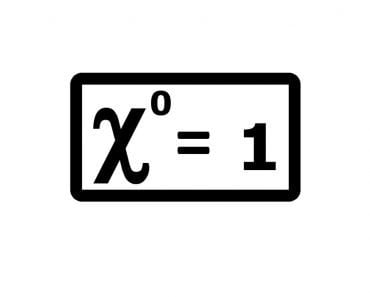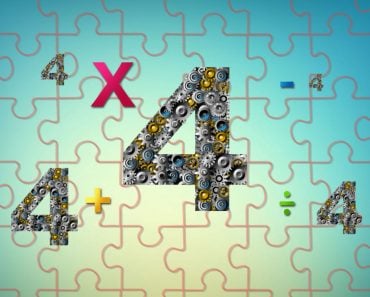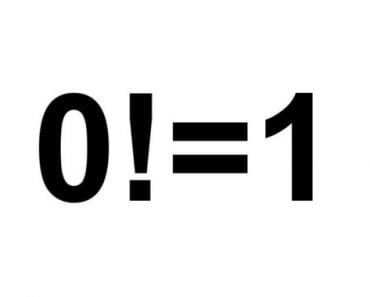Table of Contents (click to expand)
BODMAS or PEDMAS is simply a convention, a standard, and like any standard, it is devised to make processes, here calculations, less messy and ambiguous.
If you think 2+2×2 is equal to 8, then congratulations! You’re wrong. The correct answer is 6. Why? Because multiplication takes precedence over addition, so the last two 2s are multiplied first, and the product is then added to the first 2, such that the result is 6. Now, with that in mind, what is 2×2-4÷2 equal to? Which operation takes precedence then?
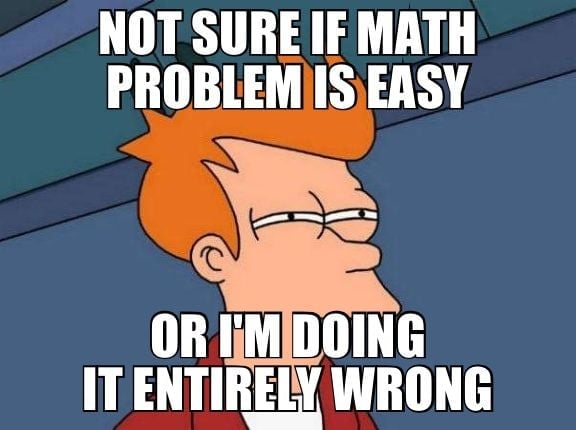
High school taught us that when mired in such a problem, we must seek the sovereign BODMAS, which is often called PEMDAS. This method shows us the way by declaiming the cardinal order: Brackets-Orders-Division-Multiplication-Addition-Subtraction. Or, Parenthesis-Exponents-Multiplication-Division-Addition-Subtraction. According to the order, division takes precedence over multiplication, so 2×2-4÷2 is equal to 2, not 0. However, are we to blindly believe this method? Why is the order so particular? Why is the order not BOSAMD or any of the other 240 permutations?
If mathematics is the language in which the universe speaks, and these operations are its conjunctions, surely, as one would expect, the order must be based on logic and not chosen arbitrarily, right? Astoundingly, this is not the case… but it also kind of is.
Recommended Video for you:
Why BODMAS?
BODMAS or PEMDAS is simply a convention, a standard, and like any standard, it is devised to make processes, here calculations, less messy and ambiguous. In the above examples, I deliberately refrained from using brackets, and notice how ambiguous, at least for a novice, the calculations become. Convenience is actually why we use brackets. The sole purpose of a pair of brackets is to condense what would typically be written as a very long and cumbersome calculation.
Addition and subtraction are the most elemental operations in the sense that their operation is unaffected by direction. Consider this calculation:
5+5+5+6+7+3+3+3+3+4+1
We get the same result, regardless of the direction in which we add the numbers. In fact, one doesn’t even have to add in a linear, particular path: add 6 to 1 and the result to 5, that is, one can add the numbers in any random order, and the result is the same, which is 45. However, it is obvious that the process is cumbersome.
We know that multiplication is just repeated addition, while division is just repeated subtraction. Therefore, we can condense our calculation to this:
(5×3)+6+7+(3×4)+4+1
When we assemble the units or execute the process in reverse, we realize the importance of brackets. Now, it seems incorrect to read the sum like a sentence in English, namely, from left to right. The 3 mustn’t be added to 6, because the product of 5 and 3 forms a separate sub-calculation and therefore becomes elemental, another constituent to be added to the rest of the constituents. To identify this sub-calculation and its boundaries, we use brackets. Let’s add some variables to our calculation:
4b+ac+ab+4d+ad+4c
This can be reduced to:
(4+a)(b+c+d)
One can argue that we have sacrificed our freedom to choose the order, but we have indeed gained more than we have lost. What we have achieved is undoubtedly simpler and easier to solve. What was before a sum of six products is now just a product of two sums. At some point in the history of mathematics, someone realized that rather than writing a long string of additions and subtractions and perhaps multiplications (the E in PEMDAS stands for exponential, which is just repeated multiplication), one could simply condense them in this manner with the help of brackets. Brackets must be opened first, or whatever lies inside the brackets must be computed first, because that is how the computation logically unspools. We have, however, proved this in reverse.
[adinserter block=”2″]
Next, the reason why multiplication and division must be performed before addition and subtraction is that the former two are evidently higher operations. Contemplate the meaning of calculations, rather than reading them like a sentence. If someone asks you to buy 6 apples and 3 dozen eggs, would the total objects you’d buy be 108 or 42? The sum, which looks like 6+(3×12), is equal to 42 and not 108. This is why BODMAS or PEMDAS might seem arbitrary, and therefore “unprovable”, but it sure is logical.
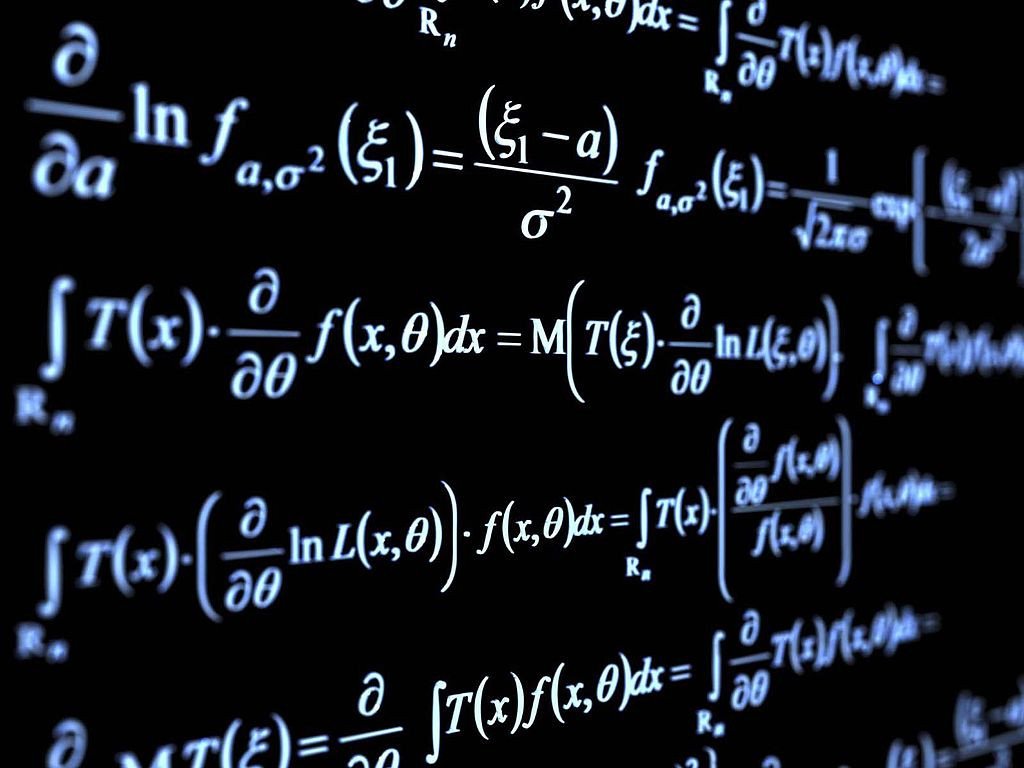
In fact, the notion that BODMAS or PEMDAS is a strict “rule” has made teaching mathematics worse. The rule simply dictates that brackets must be first opened to unfold the calculation, after which must be performed any of the two higher operations before any of the two lower operations. There is no compulsion to divide before multiplying or add before subtracting; one must only ensure that higher operations are performed first. This is why, even though the puzzle 2×2-4÷2 in the introduction was solved, in the explanation, by dividing the 4 first, it isn’t essential. Multiplication and division are equally ranked — one can perform the former first or perhaps both simultaneously, just not after the subtraction.
Similarly, people often blindly believe that, in accordance with the rule, addition must be performed before subtraction. If this is the case, shouldn’t 8-5+3 be equal to 0? The correct answer is, of course, 6, which we obtain when we write the sum as 8+(-5)+3. Notice now how, because we are merely adding numbers, the result is unaffected by the order or direction of adding. By putting the -5 in brackets and implying that subtraction is just addition, but with a negative number, we obtain the correct answer. Simple and convenient, but not arbitrary.
References (click to expand)
- (2021) Ambiguous PEMDAS - Harvard Mathematics Department. Harvard University
- Order of arithmetic operations; in particular, the 48/2(9+3 .... The University of California, Berkeley
- Sarah Sass WHY QUESTION #4 Who developed order of operations? Have the order of operations changed? Why does there have to be a specific order for operations and where did it come from? - www.math.ucdenver.edu


